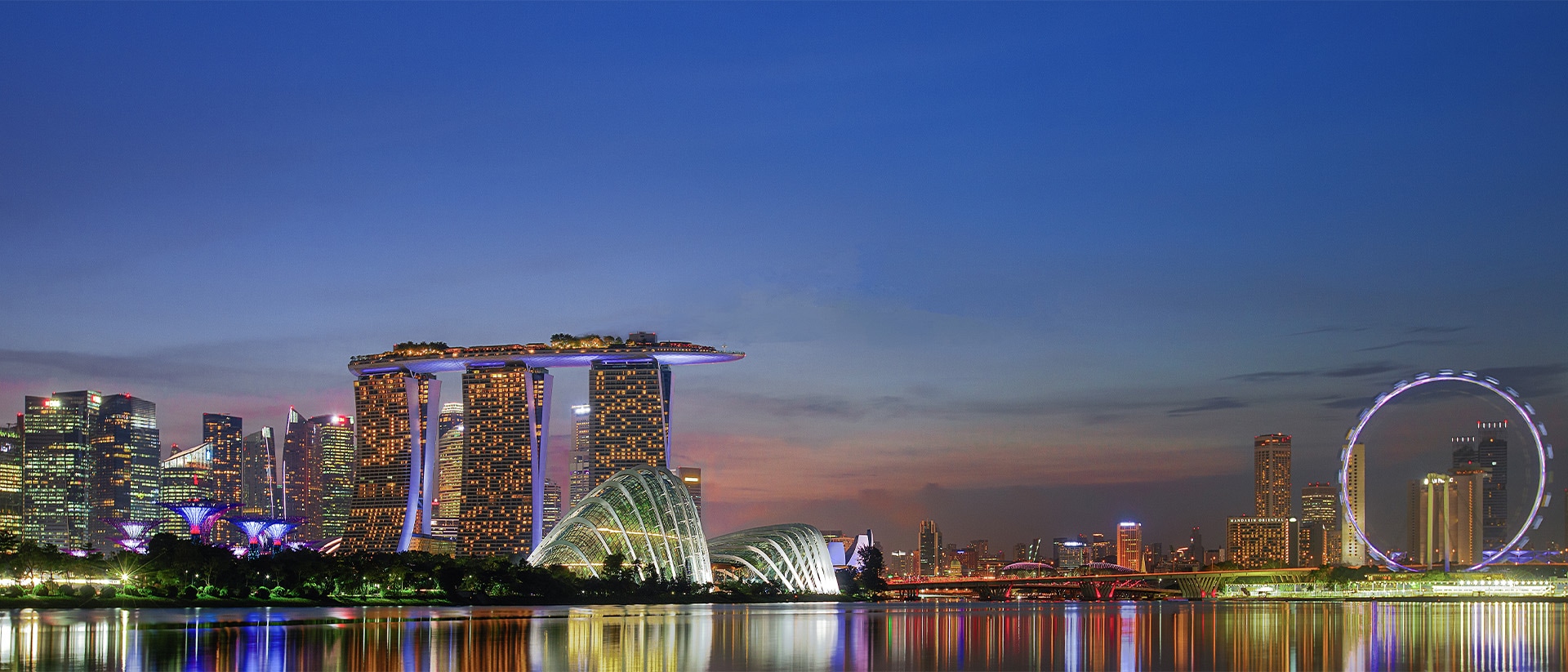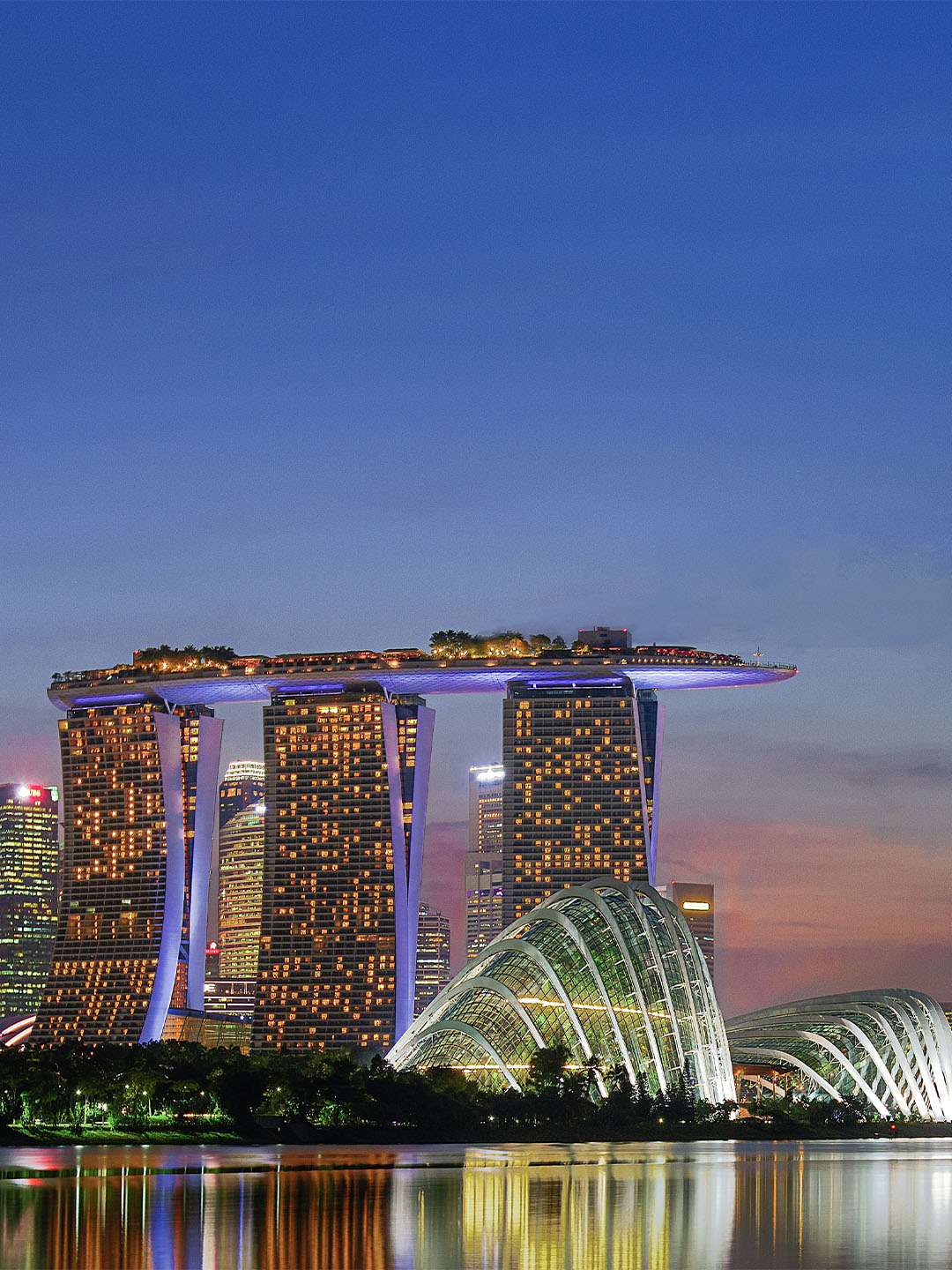Singapore Travel Guide
Planning to visit Singapore? Read our travel insider tips, highlights and advice.
Unlock Exceptional Experiences | Food Guide | Party & Drinks | Luxurious Indulgence | Gifts for Special Occasions | Around Marina Bay Sands
Featured
New Year's Eve
Usher in 2026 with an exciting lineup of New Year's Eve events and dining selections.
Featured
Western Restaurants
Follow your tastebuds’ desires and explore the kaleidoscope of Western food at Marina Bay Sands.
Featured
Singapore's Best Steakhouses
Whether grilled, basted or seared, you are sure to satisfy your steak cravings at the top steakhouses at Marina Bay Sands.
Featured
Authentic Dim Sum Spots
Be impressed by the soulful goodness of piping hot dim sum bites at Singapore's top dim sum spots.
Featured
Omakase Restaurants in Singapore
Treat your tastebuds to the finest Japanese fare at the top omakase restaurants in Singapore.
-
New Year's Eve
 Usher in 2026 with an exciting lineup of New Year's Eve events and dining selections.
Usher in 2026 with an exciting lineup of New Year's Eve events and dining selections. -
Western Restaurants
 Follow your tastebuds’ desires and explore the kaleidoscope of Western food at Marina Bay Sands.
Follow your tastebuds’ desires and explore the kaleidoscope of Western food at Marina Bay Sands. -
Singapore's Best Steakhouses
 Whether grilled, basted or seared, you are sure to satisfy your steak cravings at the top steakhouses at Marina Bay Sands.
Whether grilled, basted or seared, you are sure to satisfy your steak cravings at the top steakhouses at Marina Bay Sands. -
Authentic Dim Sum Spots
 Be impressed by the soulful goodness of piping hot dim sum bites at Singapore's top dim sum spots.
Be impressed by the soulful goodness of piping hot dim sum bites at Singapore's top dim sum spots. -
Omakase Restaurants in Singapore
 Treat your tastebuds to the finest Japanese fare at the top omakase restaurants in Singapore.
Treat your tastebuds to the finest Japanese fare at the top omakase restaurants in Singapore.
Get to know us
Useful information
© 2026 Marina Bay Sands. All Rights Reserved.







